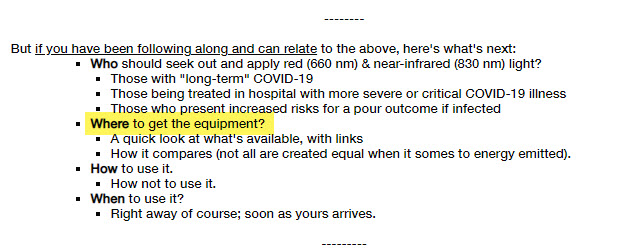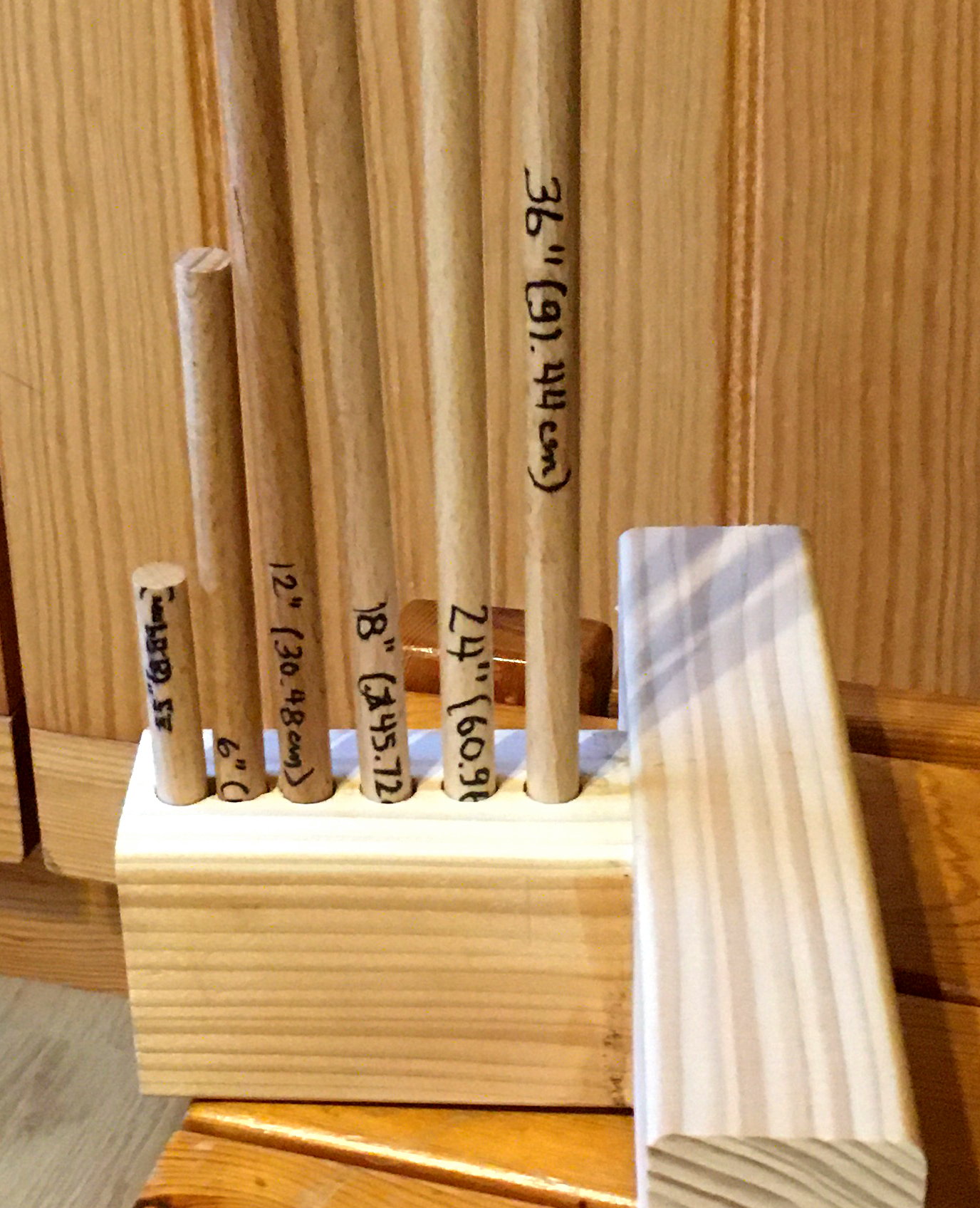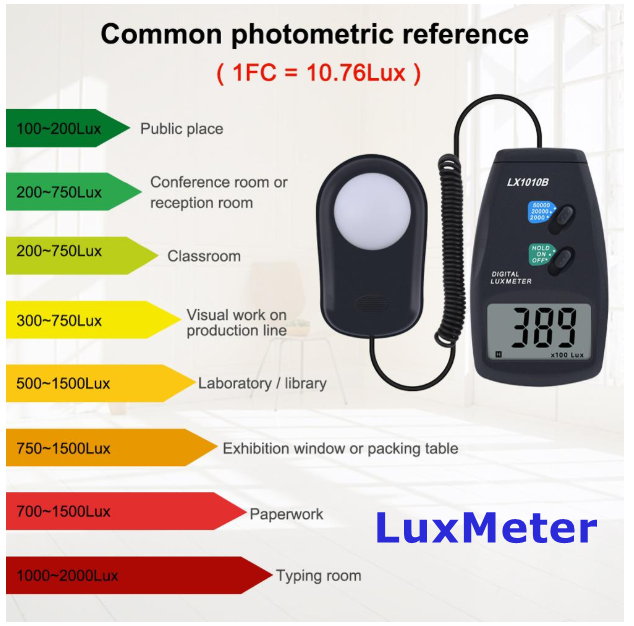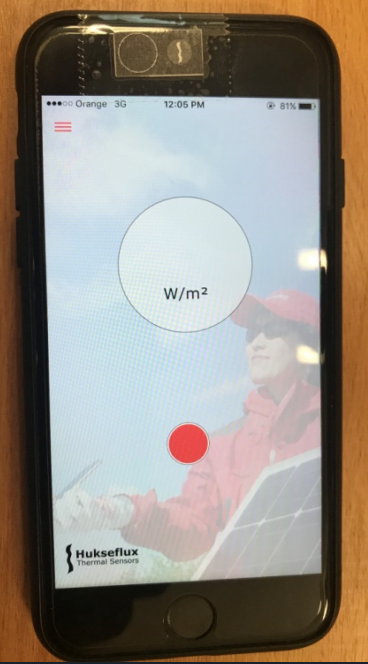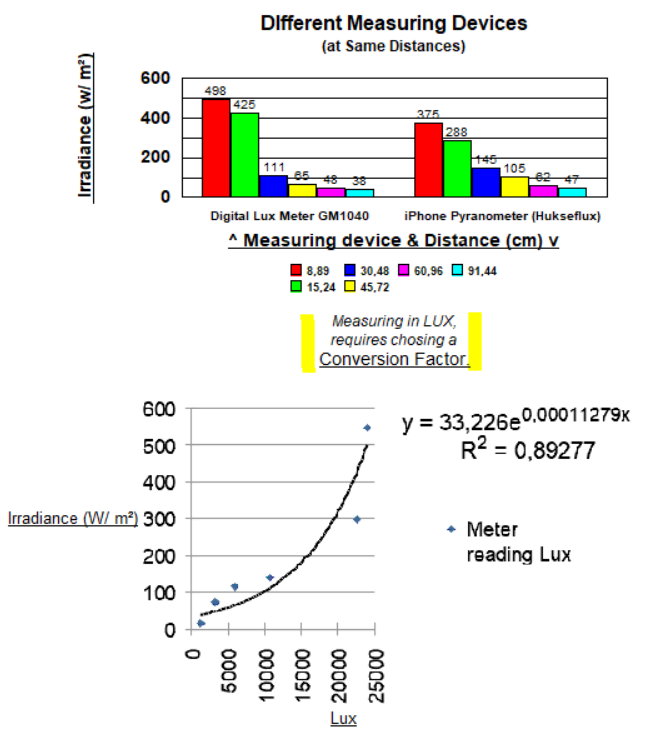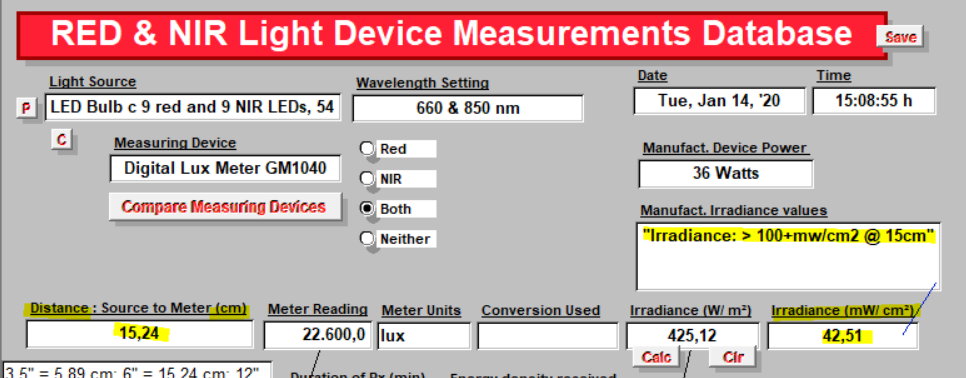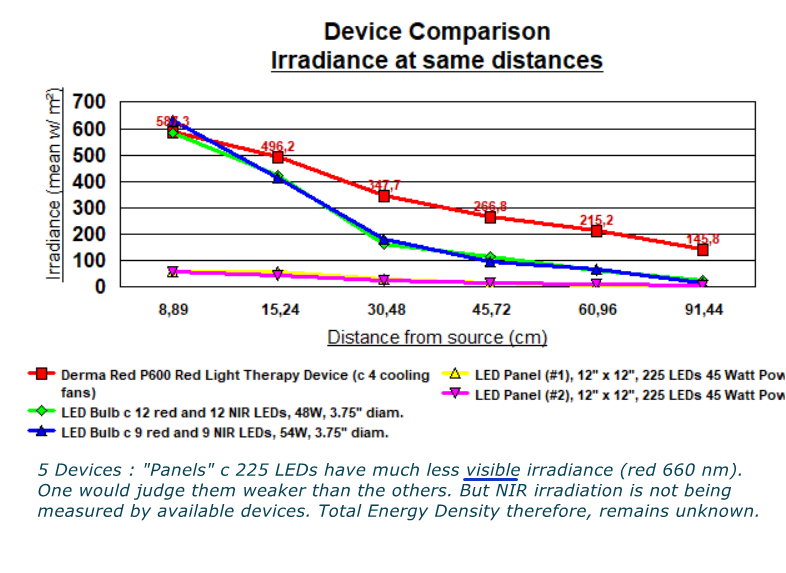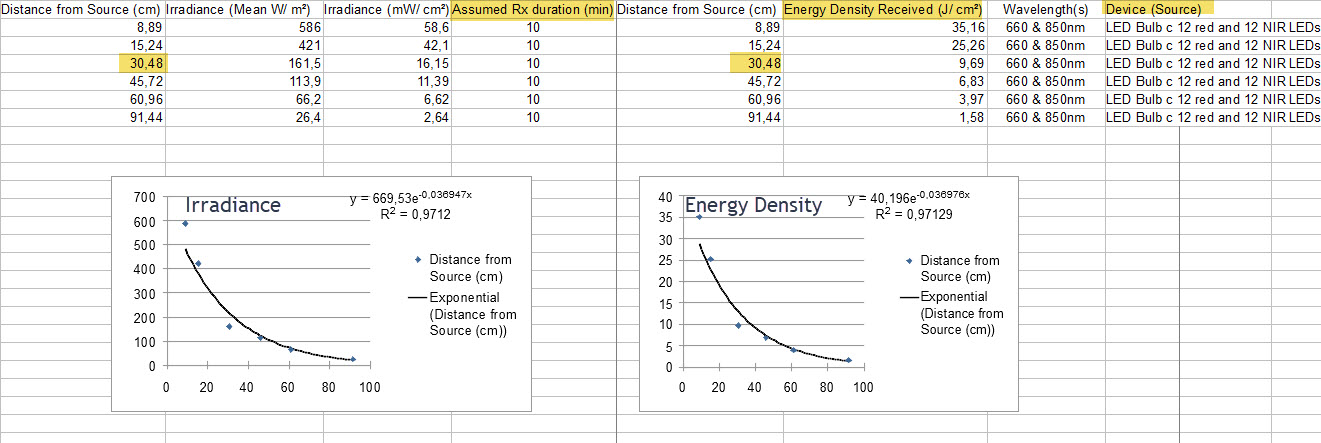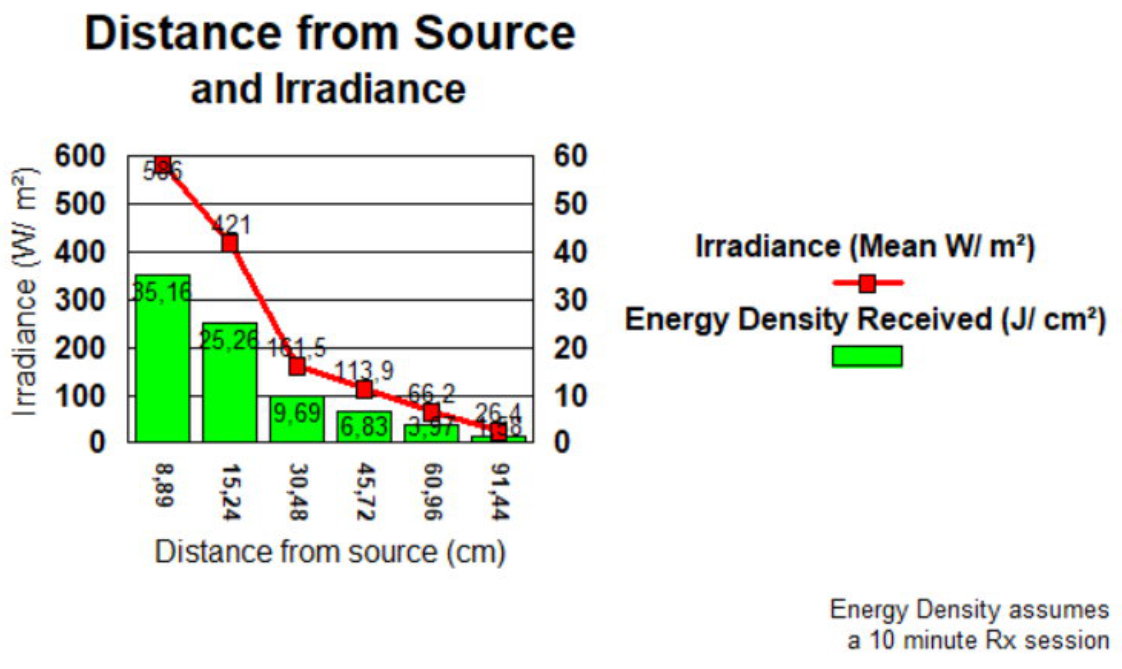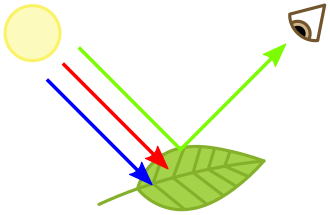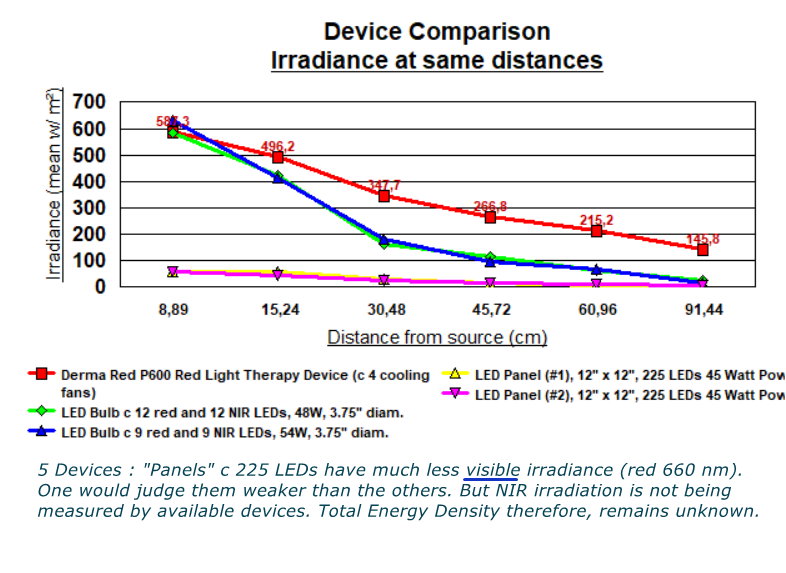Into Practice: 2. Where?
LTCOVID.com
Thanks for visiting!
To translate this page, select your
language from the dropdown menu below:
Realization
Lost? Then click on the 'LOST: SHOW THE MAP' link in the above menu.
WHERE ?
As I indicated before, and I quote ...
"In all of the above, I have no stakes in this. Meaning, I have no motivation to be recommending a
manufacturer, seller, reseller, or anyone in the finances related to such purposes and applications.
No contract with anyone. No percentages of sales. Nothing like that. Free as a bird.
I'll share information about what I obtained, and from whom. After that, ... up to you."
What I purchased, starting over a year ago now, was motivated by being intrigued with red and near-infrared light, and a desire to study it. That study included measurements and comparisons of several products. I discovered that these differed in several categories:
-
-
-
-
- physical size and dimensions
- power or irradiance
- price
- availability
- differences in degree of sales hype, seriousness, who they were pitching to
- adequate and accurate explanation of what a product is and does.
-
-
-
Below, we'll present some examples of these, with links to the source where they were purchased.
Given the previous article on WHO should obtain and use such a device, I think saving up a few years while considering and reconsidering making a purchase, doesn't fit with the present set of circumstances. I guess I'm already leaning towards a recommendation of getting something affordable but still effective. Effective means more towards regenerating tired out mitochondria, and less towards reducing facial wrinkles, for example.
I will present little galleries below. They allow several images to pass before your eyes.
These aim to give you an idea, or several ideas if all this still means very little.
Science (watch out)
First, just a few results of my study which involved measuring light at several fixed distances from the source of light. First, measured with what? With two different instruments, which measured visible (red) light. These lux meters permit converting their measurements into values for irradiance in Watts per meter square (W/ m²). As anticipated and learned, two different measuring tools will give somewhat different results, but may capture correctly, general trends. One important trend, a principle of the opitics part of physics, is that given a point source, the irradiance diminishes with distance.
So to make sure distances were always the same for each measurement, we made a set of distance sticks. You'll see some of these numbers or lengths on graphs below.
An example of one of the tools we used to measure is this ...
Or if you like iPhone Apps, here's one ...
A pyranometer made by Hukseflux.
A pyranometer is a type of actinometer used to measure solar irradiance. I won't push that explanation.
So now you can get a light source, a meter, and repeat all my measurements and see if they agree or not.
We confirmed instrument measurement differences in our little experiment as seen below.
Then we threw all of the readings into a database, and voila, presto ..., data!
That allowed us to compare the manufacturer's advertised values with our measurements.
Here, manufacturer says "> 100+ mw/ cm² @ 15 cm" distance, and our measurement: 42.51 mW/ cm², at 15.24 cm. Distance between source and light meter: pretty close. Two irradiance values: pretty far.
Sometimes it's worth making measurements. Or, having the measurements someone else made for you.
Last little bit of science ...
-
-
- 5 different devices (we'll show you those)
- 6 different and specific distances from the source
- Measuring irradiance at the same distances from the source for each device
- Below we'll comment ...
-
We did not measure the amount of irradiance that these devices generae if pointed towards the moon, nor even 1 mile away.
That's a (perhaps) funny way of saying that the distance from the source to where irradiance is being measured, should have some relation to how these lights are going to be used.
And that distance might frequently be at 15 to 20 cm. (that's 6 to 8 inches).
Conclusion : so the above graphic teaches that
-
-
- the Derma Red P600 came in first for irradiance.
- That two different LED bulbs were a close second and almost identical.
- That two different LED sources with 225 LEDS, referred to above as "Panels" had much lower irradiance in the 660 nm wavelength light. So if this is a "how much bang for your buck?" comparison, these two particular panels came in equally, in last place.
-
Lastly, a very important bit of science
So far we've been talking light, but not energy.
We emphasized that we are trying to work together to solve an energy problem.
So where is the energy in all of this?
(click to enlarge, or it's pointless ...)
Notice the highlighted cells.
Notice that we here are measuring a device with 12 red and 12 near-infrared LED's.
-
-
- as distance from the source increases, a lower irradiance is measured (we knew that now)
- to begin talking energy, we need to know for how long the light will be on: here 10 minutes.
- so the irradiance for that amount of time, at the various distances, is the energy density
- energy density has units of Joules per square centimeter (J/ cm²)
- and here, we're now talking about transmitting (much needed) energy.
- at further away from the source than 30 cm (12 inches or 1 ft), energy density drops off pretty quickly as the fitted curve on these graphs shows.
- probably, in actual use, the sources won't be used to apply these energies at any greater distance.
- but one way to make a low energy treatment more effective, is to do it for longer.
- that's what "Energy density" is all about.
- through studies of a given topic, traumatic brain injury for example, will never fail to mention energy densities applied during their light treatments of patients.
- If you notice that a manufacturer or reseller is providing units of Energy density, take note.
-
If the different units from optics/ physics are starting to annoy, here's something that explains radiometric vs. photometric units of LEDs. Unless your about to take a physics exam in optics,
consider not even looking.
Let's Look Over What's Available
Here is a gallery of images for the Derma Red P600 Red Light Therapy device.
First thing to mention is that if it looks like some of the individual LED "lights" aren't working, those are the near-infared LEDs that one normally doesn't see, or barely. They're on. Want to confirm that?
Measure them.
To help get beyond the science and move towards your pocket book, here is a comparison
of two similar devices. Notice especially the different prices as a function of where you buy.
It also has the dimensions, weight, etc.
Here is one such seller, Care Lamps, that link presenting this product.
Here is another at Red Rush for the 720 ULTRA Body Light. A similar machine.
Having mentioned Red Rush, here is a summary of light therapy written for them.
Understandably it leads towards buying their products. But taken overall, it is a very complete introduction for the lay person, into what this is all about.
Last month was 1 year since my purchase of my Derma Red P600.
Quite an investment as cash outlays go for most of these items. Any regrets? None.
You saw its Irradiance and Energy density data above.
Telling you to buy one?
No. Telling you to keep on reading.
Just trying to seed some ideas here ...
-------
Next, a message from our sponsor, the sun.
Leaves appear to be green to us because they absorb (just like we do) the UV (blue) and Red light parts of the spectrum of sunlight. They reflect the green wavelengths which is what we see as a green leaf. When their chromphores (light loving parts) break down each Fall, they stop absorbing and we see their other colors.
This does not explain Little Green Men if you've been seeing any lately.
-------
Next. Here is a gallery of images for some combined wavelength (660 & 830 nm) LED bulbs.
These too come in somewhat different formats. Initially, these were Gro-Lights for plants.
Then someone got wise to the human factor. Boom! Sales went up.
In what follows, the topic switches from Science, to Marketing.
So prices have probably changed since when we wrote this in 2020.
In fact, the original links may no longer work since sellers and products come and go, and we are now in January of 2024.
Caveat emptor ! (Let the buyer beware !)
- Recall first, that these were in that mid-position of irradiance and energy density. So as long as one is under 30cm (12 inches) from the light source, quite acceptable.
- They too, when turned on, have several "lights" (LEDs) that seem to drop out. Those are the NIR LEDs (usually half of the total in any bulb). Not broken. Don't ask for a refund just yet.
- CareLamps sells a Derma Red Mini for 82.78€.
- Based on our DIY study, you can get the equivalent here:
-
- Bulb only for 23.43€
- Bulb, plus a clip-on holder with choice of EU, UK, AU or US plug for 30.57€
- Shipping to where I am: 3.85€
- I have purchased 3 of these.
-
Here is how they "pitch" these bulbs:
"Pain Relief 660nm 850nm
Switch on/off
660nm Red Light Therapy
E27 holder
red Therapy bulb lamp for Skin and Pain,
led grow light
LED therapy light Specification:
Input Voltage: AC85 - 265V
Color:black
Interface: E27
LED power: 18pcs X 3W
Actual power: 18W
Main application scope: whole body
Color Ratio: 660nm : 850nm = 1:1
Beam Angle: 60 degree
Plug: EU/US/UK/AU
Irradiance
@ 0 inch 144mw/cm2
@ 6 inch 120mw/cm2
@12inch 58mw/cm2
I have also bought 7 of these for 34.57€ each and free shipping.
Delivery times from these sources vary from 10 to 30 days, unless one moves out of the "free shipping" category for delivery, which is possible.
Panels of LED sources.
These were at the bottom of the list in our measurements.
Results placed here below once again:
In fairness to these panels, the Near-Infrared LED performance was not measured separately.
This is not visible light, and its measurement requires quite different equipment than a luxmeter.
I had arranged with engineers/ professors in the Physics Department at a nearby university center to bring them some lights and make some measurements. SARS-CoV-2 put an end to that expedition.
Their much weaker red light irradiance is clear. Perhaps the NIR is weaker as well. May even be stronger but the manufacturers and resellers don't suggest that.
I did purchase some for comparisons, and here are the links:
To this 225 LED Panel for 36.84€ (currently 26.91€) and Free Shipping
And this Panel for 37.90€ (currently, 28.80€) + 1.87€ Shipping
These two purchased to compare performance between the two (identical) and with other sources as well (weaker). Does the fact that their sales price is coming down suggest less power/ less demand?
In conclusion:
The larger panels permit placing oneself in front of them, not too far away, and turning before them
to attain an essentially whole body application.
The bulbs can be placed in a desk lamp, in a cord with an outlet like a mechanic uses to work under a vehicle, in the clamp-on holder that one can buy with the bulb. These are more of a one area at a time, moving from one area to the next, type of solution.
The panels would have the same type of use as the bulbs. But I worry a bit about the energy densities obtained with these. Again, one implied solution is longer exposure times. Twice as long? Ten times as long? Presumably, there are limits.
But Wait, There's More
Of course as these catch on, and expand from plant growth & care to human care, manufacturers will be approached to increase options and diversify models.
In the past year of pandemic life, I have often had the mental image of replacing UV tubes in tanning beds, with LED 660 nm and 830 nm replacements. Less skin cancer; more transmitted energy.
I'm sure it was probably not mental telepathy, but here is a look at how this has evolved.
It should be the objective of manufacturers and developers to meet the needs as effectively and as quickly as possible, for those presenting with the "long-term" variant of COVID-19.
For them it could be a new niche market.
And for the patients, it could be a blessing.
So have a look at these links provided below. Notice as well how the prices vary quite markedly.
But suddenly, total body applications, or flip into place models for those who are bed-bound, are no longer things of the imagination.
These are offered in no particular order, simply for interest and inspiration ...
It makes one wonder a bit, if they known what they actually have on their hands.
- 2020 New Skin Care 630nm 660nm 850nm Led Red Light Therapy Machine & Led Light Therapy Beds
- Full Body Red Light Therapy for Fitness, Health, and Beauty – Red Therapy Company LLC
- Hot Sale!!!! Sunshine Professional Led Bed / Infrared Red Light Therapy Led Bed/portable Red Light Pdt
- Maryqueen New Red Light Beauty Machinery Therapy Bed For Skin Rejuvenation Collagen Therapy
- Harmony 20 Red Light Therapy Bed ( an example of the ongoing transition from tanning to red light).
- Red Light Therapy Capsule W4-c For Skin Antiaging Applied In Beauty Salons Photodynamic Therapy
- Rouge Pro - Red Light Therapy Panel for Superior Body Coverage (much like what we have presented)
- Tanning Lamp - Timeless Beauty - F71 Bi-Pin (here just what you need to replace the UV tubes in your tanning bed that you rarely use now.
- Whole Body Light Pod (Mk1.5) | Mitogen (represents a Chinese/ German collaboration.
So Now You Know Where To Go
Of course, imagining you have just unpacked one of these in your spare bedroom, what to do with the thing, how to use it, will still require some thought. A bit less mystery associated with a bulb screwed into a desk lamp.
RedRush has an Apple and Android App that addresses light treatment body regions, durations, instructions.
It gets the job done. Its at the bottom of this page that we already presented above.
I found it without difficulty in the App Store.
We'll be covering very similar "How To" instructions in the next section.
<<<<< Previous page (1. Who?)
Next, 3. How? >>>>>
<<<< Index of Articles
<<<< Home

